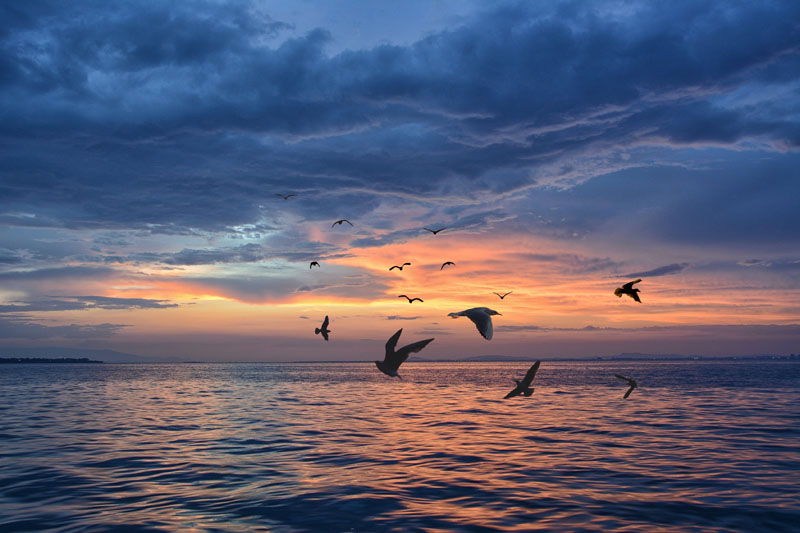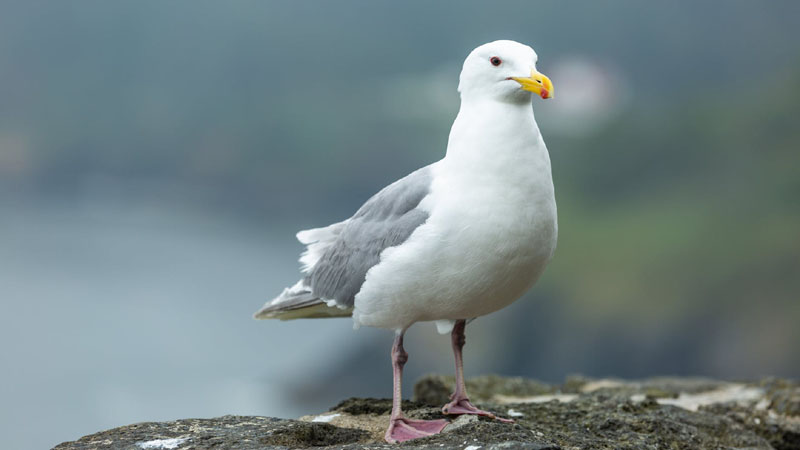About Oneida Lake
A Fishing Paradise

History & Facts

Wikipedia: Oneida Lake is the largest lake entirely within New York State, with a surface area of 79.8 square miles. The lake is located northeast of Syracuse and near the Great Lakes. It feeds the Oneida River, a tributary of the Oswego River, which flows into Lake Ontario. From the earliest times until the opening of the Erie Canal in 1825, the lake was part of an important waterway connecting the Atlantic seaboard of North America to the continental interior.
The lake is about 21 miles long and about 5 miles wide with an average depth of 22 feet. The shoreline is about 55 miles. Portions of six counties and sixty-nine communities are in the watershed. Oneida Creek, which flows past the cities of Oneida and Sherrill, empties into the southeast part of the lake at South Bay. While not included as one of the Finger Lakes, Oneida is sometimes referred to as their "thumb". Because it is shallow, it is warmer than the deeper Finger Lakes in summer, and its surface freezes solidly in winter. It is relatively safe and popular for the winter sports of ice fishing and snowmobiling.

Oneida Lake Association: Water from over 800,000 acres in five counties flows into Oneida Lake. We call this area the lake's "watershed." The drainage basin north of the lake (encompassing much of the Tug Hill Plateau region) contributes 67% of Oneida's water, but only 20% of the nutrients needed to sustain the algae and plants at the base of the Oneida food web. The bulk of this water comes from Fish and Scriba Creeks during spring's snow melt period. Canaseraga, Chittenango, and Oneida Creeks, all south shore tributaries that flow through rich farm country and wetlands, carry most of the lake's nutrients.
Surveys from the 1920's suggest that chain pickerel and walleyes were equally abundant, with northern pike ranking close behind. These fish, and bass, were heavily pursued by fishermen. By the 1940's, walleyes were far more numerous than pickerel and northerns, and the eels and ciscos had become rare.
The population of adult walleyes has ranged from 200,000 to one million during the past three decades. Anglers have harvested as few as 50,000 and as many as 450,000 in a year. Cornell University's tagged fish studies reveal that Oneida's anglers' annual harvest usually totals about 25% of the spring walleye population. Another 5% of adults die from other causes. When bait fish are scarce, walleyes are hungry and anglers catch a lot of fish. The reverse is true when forage fish are abundant. Most harvested walleyes are four to seven years old, but those that are able to avoid anglers' lures may live for 20 years or more.
Oneida Lake supports a diverse fish community, but only a few of the 74 species identified contribute to anglers' annual harvest. Smallmouth and largemouth bass are popular game fish, while rock bass, pumpkinseed sunfish, bluegills, and black crappie (locally called "calico" or"strawberry bass") are sought-after panfish. Springtime anglers avidly pursue brown bullheads, white suckers, and channel catfish in the lake's shallows. Drum are accidentally caught during many Oneida outings and burbot (commonly called "lawyers") typically bite during winter. In recent years, northern pike have experienced a minor population resurgence and specimens weighing over 10 pounds have been landed.

New York State DEC: Oneida Lake is best known for its walleye and yellow perch fishery. In the spring walleye can be found in shallow water adjacent to spawning areas and tributaries. During the summer months' walleye are usually found in deeper water. As the water cools in the fall, walleye move back into the shallows. Fishing from shore after dark this time of year with stickbaits and blade baits can be fantastic. Walleye can also be caught through the ice around shoals, drop offs and deep water flats. Ice fishing for yellow perch is very popular on Oneida Lake and normally takes place around deepwater flats in 30-40 feet of water.
Oneida Lake is a fantastic bass fishing location, and numerous bass fishing tournaments are held each year on the lake. Oneida Lake has become a popular tournament stop for professional bass fishing organizations such as BASSMASTER and FLW. Smallmouth bass can be caught around the many shoals while largemouth bass are found in the larger bays and anywhere there is good vegetation growth. Panfish can be found throughout the lake. Big Bay is a popular ice fishing location for panfish and one of the first areas on the lake to ice up. Young yellow perch and gizzard shad, along with round goby are the main forage fish found in the lake.
"No Worries No Hurries No Mission Just Fishin"
© Copyright Scriba Fishing Charters Oneida Lake
